If you know how to hear it, your body will tell you what’s right. Dr. Sue Gill shows how tuning in to our bodies puts us in better touch with our selves.
ave you ever noticed how many reasons there are to tune out of your body? Too fat. Not the right gender. Too old. Not muscular enough. Pain. Too sick. Emotions that feel hard to bear. Getting close to someone in a way that doesn’t feel quite right. A history of maltreatment. Athletic endeavors can even lead to tuning out by encouraging the athlete to push past the messages that say, “Stop, I’m dying. Just give me a minute to breathe!”
This is made worse by messages from our culture that present a very homogeneous ideal of beauty, gender and sexuality. I personally have a hard time walking around the local university campus because the sidewalks are filled with throngs of coeds trying to adhere to a very tight code for expression of themselves as physical beings. It is a wonder that any of us can stand to have a relationship with our physical selves during a lifetime of messages implying that there are “right” ways to experience gender and sexuality. When I am surrounded by people who appear to be very homogeneous, it highlights the feelings I have of being “different.” This sometimes causes me to distance me-from-myself in order to stand the tension that builds inside.
Another set of more subtle cultural messages further encourage a poor relationship with our physical selves. We Americans really like to fix things. Have a headache? Take an aspirin. Sad? Cheer up, have a drink! Feeling lonely? Call a friend and go shopping. Gained some weight? Sign up for Weight Watchers. Depressed? Hooray for Prozac! With all of this fixing going on, we never learn to sit in the middle of the discomfort and make friends with it. If we do, we seem to think we run the risk of “having a pity party,” which really seems to be discouraged.
The problem is that our bodies are filled with messages that are uncomfortable. Physical sensations, thoughts, emotions and beliefs all come with cues that reside in the body and are not easily fixed or avoided. The end result is that many of us have a very rocky relationship with our physical selves that is based on tuning out, avoidance and even hatred.
What can be done to encourage a healthier relationship with your physical self? The first step is to increase your ability to notice difficult thoughts, feelings and physical sensations without any attempt to fix them. This skill comes from the world of meditation, although you don’t need to become a Zen master to use it. I have seen people begin to panic when they try to tune in this way, so go slowly, start with something neutral and prepare to feel stirred up.
For example, while you are reading this article you will probably want to shift your body position at some point. Before you make that shift, notice the sensation of wanting to move. What cues let you know that you want to change the way you are sitting? Are there any thoughts or emotions that go along with the physical sensations? Try this mental exercise:
This very moment, I want to shift. I know I do because my butt is sore and my legs feel the earliest sensation of wanting to move. The longer I sit here without making that shift, the stronger the urge is becoming. I am also now noticing a thought, “If I don’t move soon, my legs might explode.” That thought has now triggered a tight feeling in my stomach, and my breathing is a little faster. Interesting, I was just distracted for a moment by rereading the previous sentence. Now that I have returned my attention to my legs, I notice that they no longer feel like they might explode, and my breathing has returned to normal.
That’s a good lesson. Tell yourself that strong and scary thoughts and feelings are always temporary. Try to ride through them.
The next step in improving your relationship with your physical self is to consciously tune in to your inner self and look for ways to make that a positive experience. Many of us are familiar with the thoughts, “I hate my body,” or, “I will only be happy with myself once I get on those hormones and have that surgery,” or “I can’t enjoy sex.” These experiences are really comprised of hundreds of small thoughts and sensations that combine to feel inviolable.
It is possible to change your relationship with these thoughts. Start with something simple, neutral or positive. Are you ok with your feet? Your forearms? Start there.
Notice the sensation of having feet. Feel the pressure of your socks on them. Notice that your feet are connected to your ankles. Be aware of the temperature of your feet.
Spend a lot of time throughout the day tuning in to those areas of your physical self with which you have a neutral or positive relationship. After you have gotten used to that, try tuning into a part of yourself that’s a little more challenging. Don’t like your earlobes? Notice them. Feel them. Notice the thoughts that come up when you let yourself be aware of your earlobes. This is where you need to use your skills from the first exercise, because you might have a thought like, “I hate my earlobes,” or, “These things make me look ugly.” Remember that this is a thought, nothing more. Notice any physical reaction that goes with that thought, such as a tight chest or a change in your breathing.
These exercises provide examples of ways to begin changing your relationship with your thoughts and with your body. They can definitely increase your ability to be fully present in this very moment, even if it hurts. They can foster a new mindset that allows you to be tuned in to yourself with a changed perspective and to be okay with the self you have this very moment.
Peace to you.

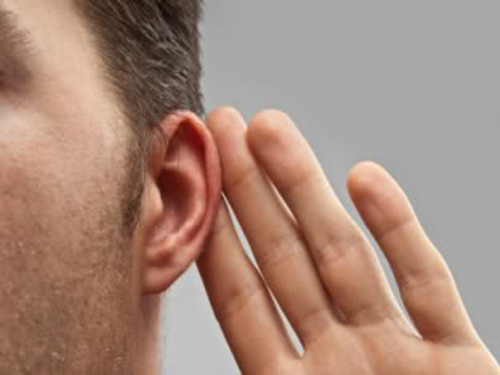



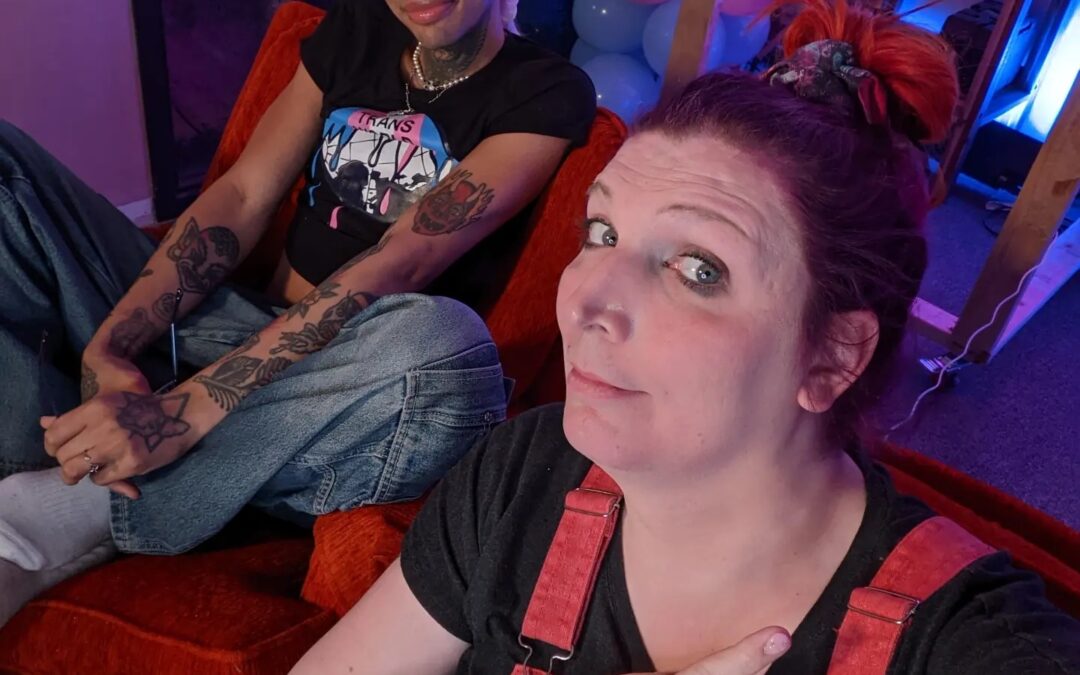

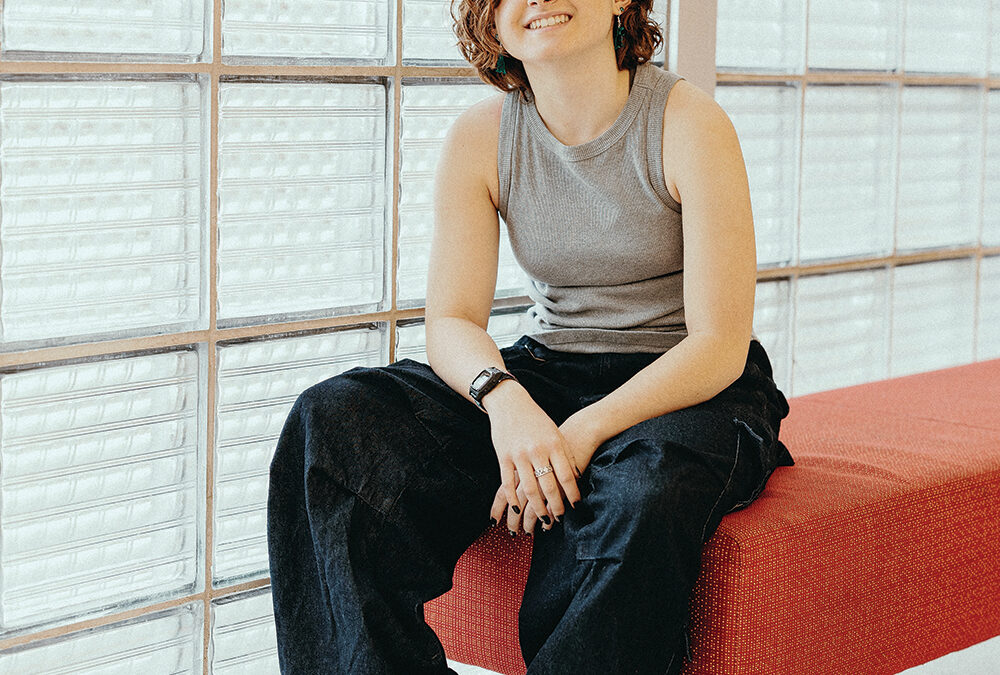
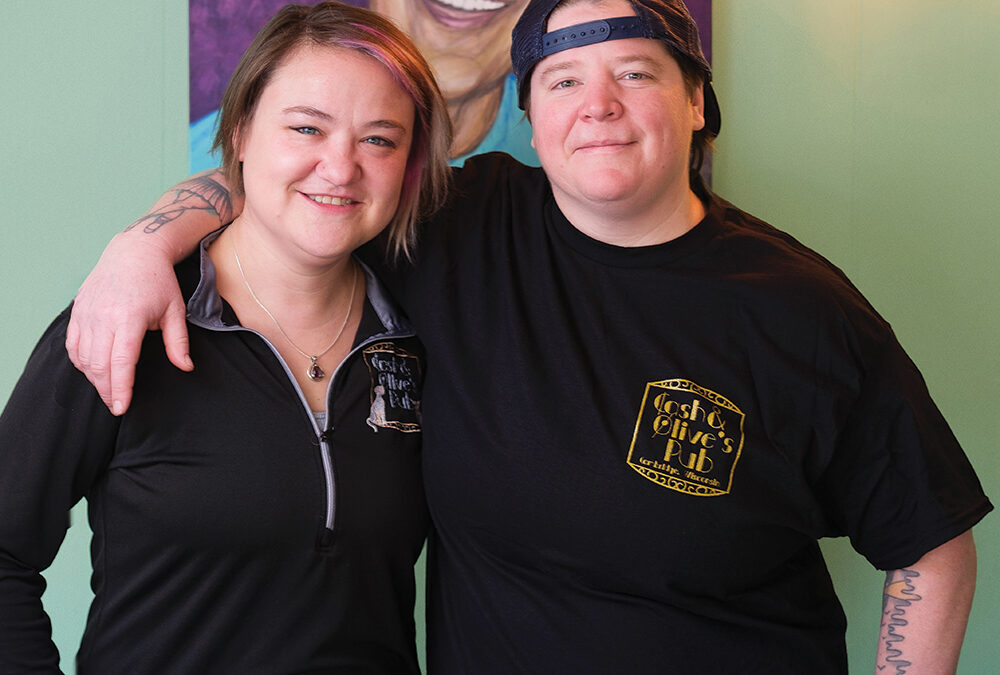
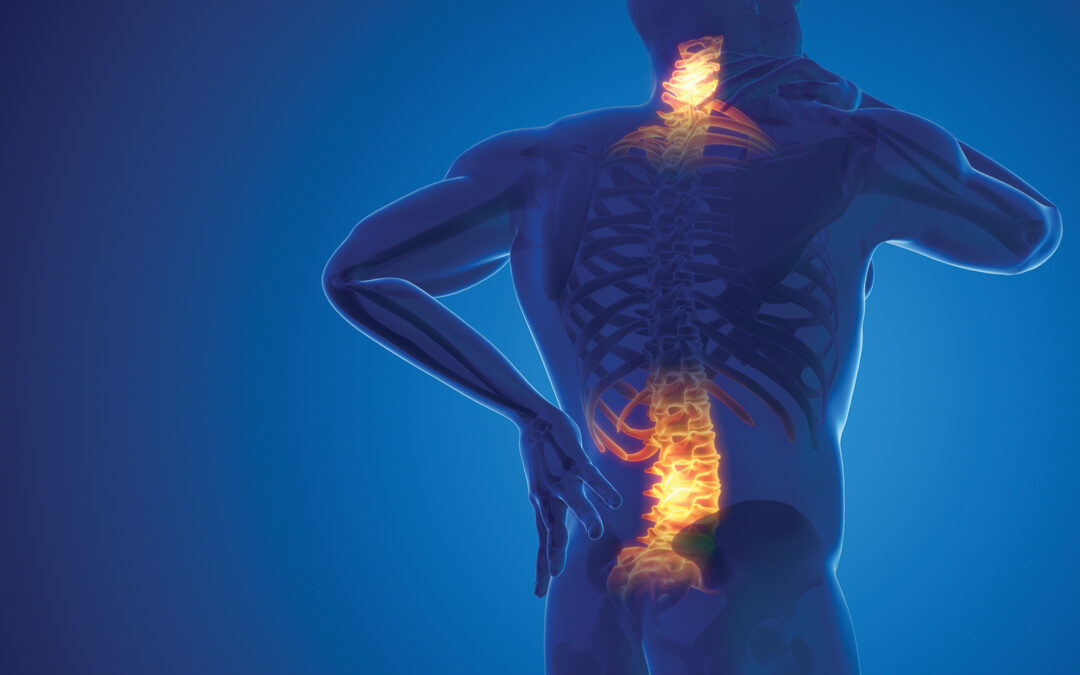

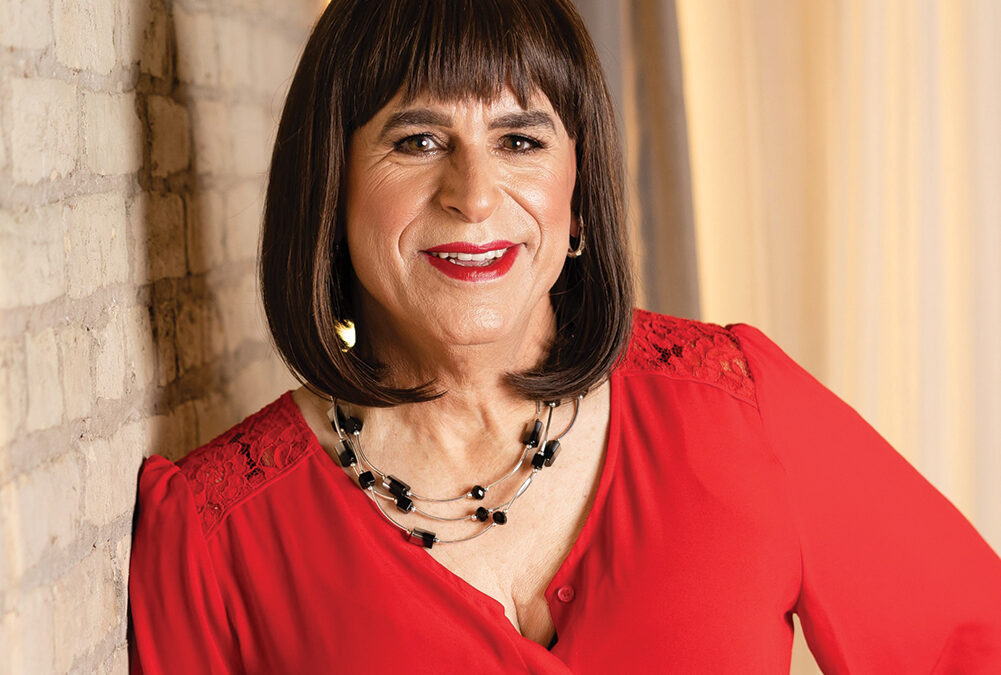

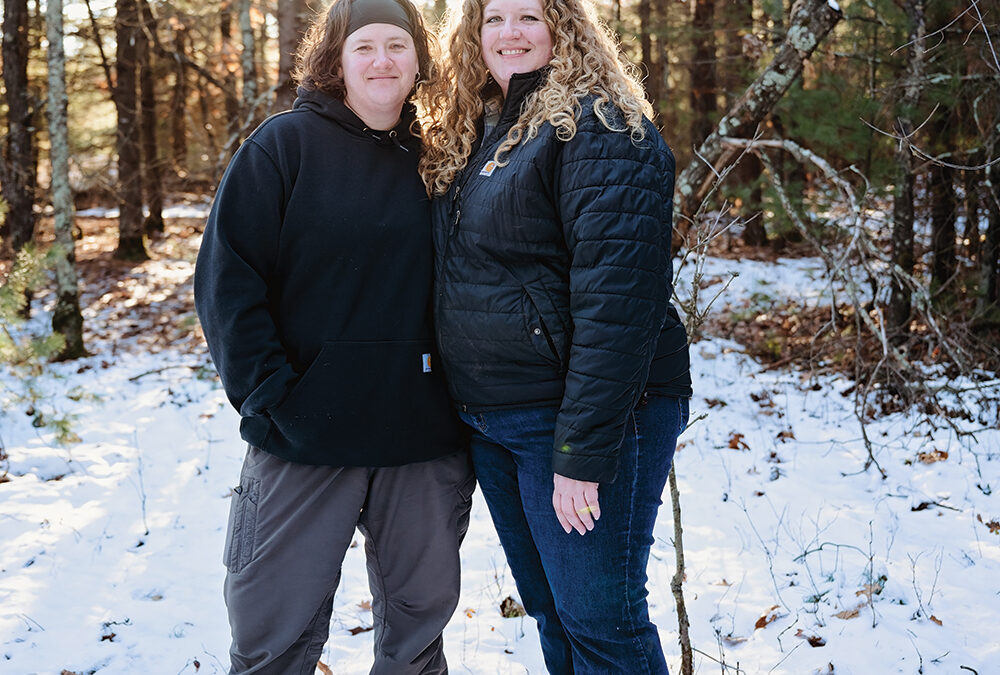










0 Comments